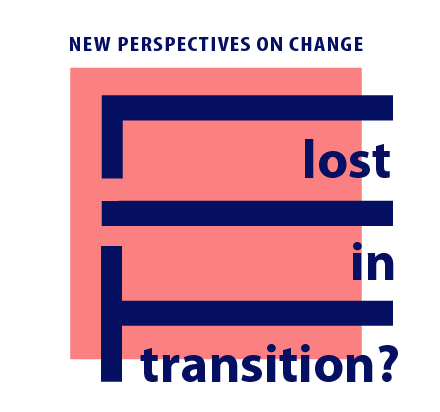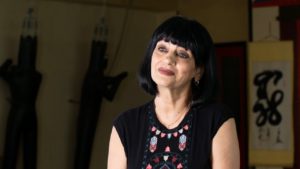
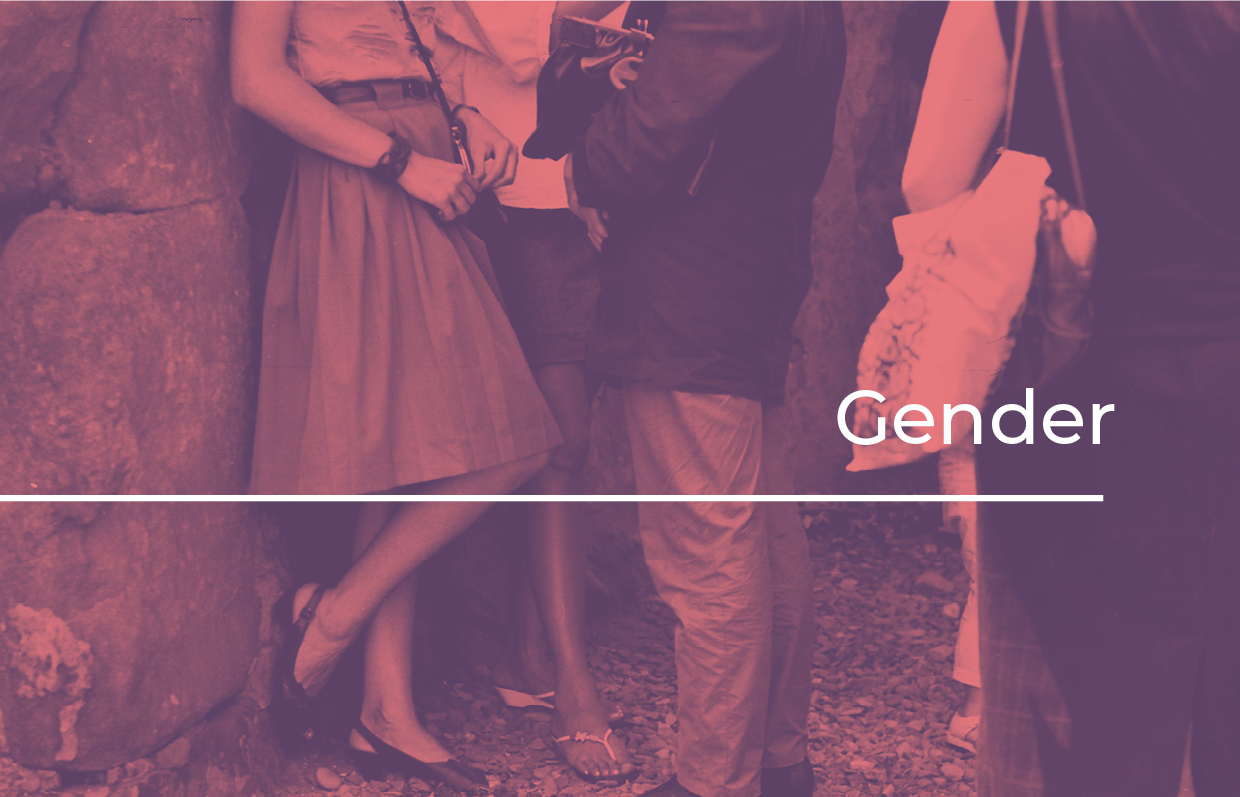
Gender and transition
Olena Pravylo
Transition triggered a series of societal upheavals that exposed problem areas related to gender and provided impetus for addressing inequalities. In this text, gender is primarily understood as a factor of human vulnerability during significant social change, particularly for women and members of the LGBT community. According to the MOH, gender as a social construct varies between societies and can change over time. Gender is hierarchical and generates inequalities that intersect with other social and economic inequalities.
Impact of Transition on Women's Rights and Participation
The main challenges faced by post-Soviet women and LGBT communities during the transition were expressing and articulating their rights, enabled to varying degrees by new democratic freedoms. Women in transition experienced discrimination and barriers to equal participation in society. Deeply ingrained societal patterns and taboo subjects are difficult to discuss, let alone change behaviour.
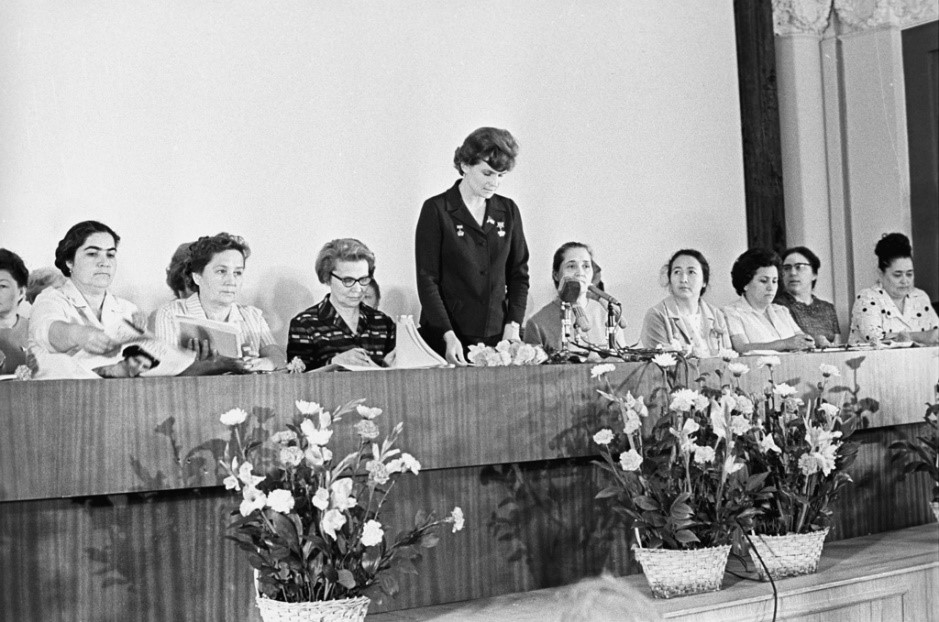
Figure 1: Valentina Tereshkova at the plenary session of the Committee of Soviet Women
During the establishment of communism in the Soviet Union, the patriarchal social structure and the importance of family, especially among peasants who were massively mobilized to work in collective farms and factories, played a significant role in women’s issues. Communist propaganda centred on women as integral to societal development and progress. Women represented half of the potential labour force for the Communist Party but received lower wages. The goal was to transform the image of women from being the weaker sex, created for childbearing and housework, into a strong sex capable of equalling men. Authorities developed methods for including women in the public sphere, such as establishing the Women’s Department, the women’s section of the Communist Party, and providing women with tools like kindergartens, kitchen factories, and households to help them work better and serve the system. Simultaneously, women had to fulfil their “primary role,” meaning they became “workhorses” required to work constantly. Data from the early 1960s show that women spent about 15 hours a day on work and housework, 2-2.5 times more than men. Consequently, during perestroika and after the USSR’s collapse, women remained active and adapted to survive.
Women Navigating the Transition: From Communism to Market Economy
The transition to a market economy led to increased poverty and unemployment, which disproportionately affected women. They continued to participate actively in politics and civil society. There were always opportunities for women to replace men in many difficult jobs, but men occupied all top positions of power. In Ukraine, a victory for the women’s rights movement was the adoption of new grammar and the use of professional feminisms. Most former republics had lists of work restrictions for women, a relic of a 1932 law. In the 1990s, under the slogan of national regeneration, women were pushed out of the labour market, and sexual objectification was presented as anti-Soviet “freedom of choice.”
In many countries, the systemic crisis of the 1990s led to a wave of feminization in sectors and institutions, including education and intellectual work. The decline in living standards reduced the popularity of higher education among men and contributed to a further increase in the number of women students and teachers. Decreased real wages for workers in education, science, and culture led to men’s exodus from these fields. As a result, women found themselves in low-paid and non-prestigious occupations. For example, Belarus was among the relatively few countries where more women had higher education than men: 51.7% according to the 1989 census and 53.8% according to the 1999 census. However, there was also a reassessment of family roles. The 1994 Constitution of the Republic of Belarus, for example, protected both maternity and paternity, rather than replacing the notion of parenthood with motherhood.

Figure 2: Georgian women trading at an Abkhazian market.
In post-Soviet countries, small businesses flourished in the form of “shuttle trading,” where people bought goods cheaper in one place and transported them across the country to sell at home or in another former Soviet country. The majority of these goods transporters were women who left their families and children with their husbands or relatives. In the western regions of Ukraine, the phenomenon of ‘zarobytchans’ emerged – people who earned money abroad, particularly in Europe, and brought or sent money back home.
The unstable geopolitical situation and security issues in the Caucasus reinforced patriarchal patterns of behaviour. At the same time, society experienced significant upheaval. In Armenia, sex-selective abortion became a widespread problem. In Georgia, the wars of the period resulted in Georgian women earning money for their entire families, while men often struggled with ‘post-war syndrome’ and lost their jobs. The surge in criminality and destructive tendencies in society during those years was pervasive throughout the region. According to various estimates, between 700,000 and one million people, predominantly men, have left Armenia since 1991. Despite the claimed trends and laws passed, women are still seen as primarily responsible for taking care of children and family.
LGBT Rights and the Struggle for Recognition in Post-Soviet Societies
Regarding LGBT rights, homosexual relations between men were criminalized in the USSR. The law traces its roots back to Tsarist Russia, where homosexuality was condemned in connection with military discipline. During the Socialist Revolution, criminalization was abolished, making the early USSR appear as the most advanced system in the world. However, this changed dramatically with Stalin’s rise to power, and many people were convicted under Article 121 of the Criminal Code of the USSR, with cultural figures particularly affected by the crackdown. Often the article was replaced, and people were tried on trumped-up evidence. Ukraine was the first post-Soviet country recognized by the United Nations to start down the path of decriminalizing homosexuality. In the 1980s and 1990s, LGBT rights in Georgia, Armenia, Belarus, and Ukraine were not widely recognized and protected by the government.
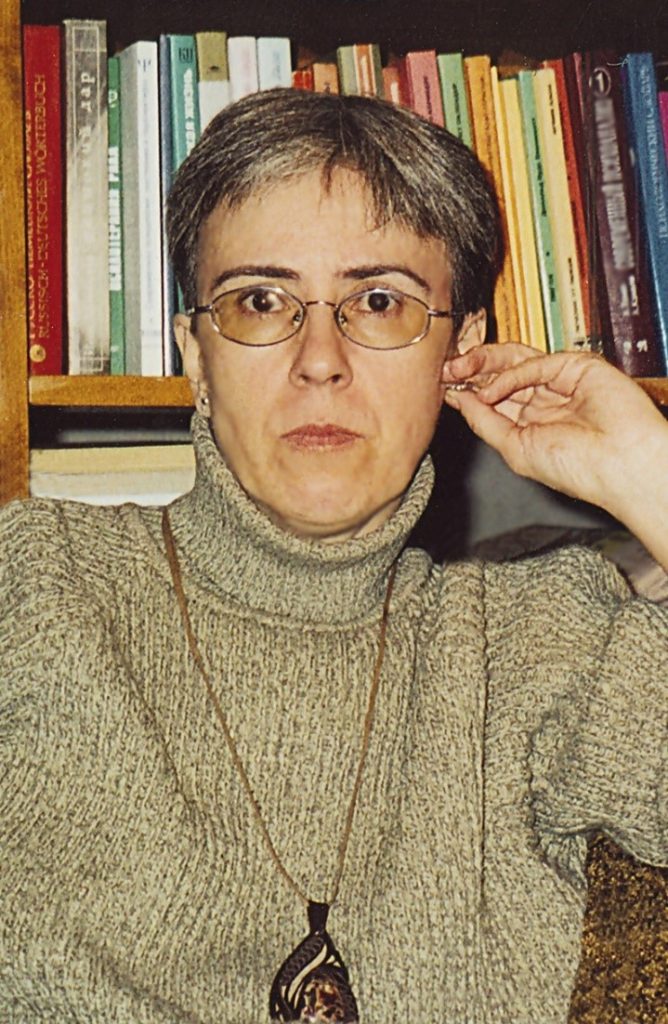
Figure 3: Olgerta Kharitonova, prominent Russian LGBT activist.
The structuring of social and family life under state control prevented any variation in gendered behaviour in the USSR, casting a shadow over women’s and LGBT rights and still generating rejection of any discussion on this topic in post-Soviet countries with a strong nostalgic narrative. The lack of democracy led to a tacit majority consent that supported a shared ideology and discrimination against entire groups in society. Regardless of political and economic transformations, topics such as LGBT and gender equality did not receive much support, as they remained private matters in the majority’s perception. One of the first topics developed by feminists was discussing the personal as a political issue, addressing these issues in society, and presenting them as important for achieving change at the state level.
Eyewitnesses
Tasks
Exercise to work with the topic: Gender
Duration: 25 minutes
Number of participants: 20-30
Gender debate:
10 min: In 4 groups, participants consider the differences between gender and sex. They write attributes for each in two columns on a piece of paper. The teacher provides a guide to gender and sex.
10 min: Group discussion of the results. The teacher highlights the differences between gender and sex on a shared flipchart or whiteboard for clarity.
15 min: The 4 groups merge into 2 groups, each receiving information about famous personalities. The groups discuss the problems these figures faced in the USSR concerning gender and sex and how their fates were affected by perestroika and social change. Examples include Sergei Paradjanov and Svetlana Alexievich.
5 min: Presentation.
Reflection questions:
– What challenges did people face during social change?
– How do you think the situation of women during the transition differed from that of men?
– How were the rights of LGBTQ people perceived then and now?
– What can be done to achieve mutual understanding in society?
